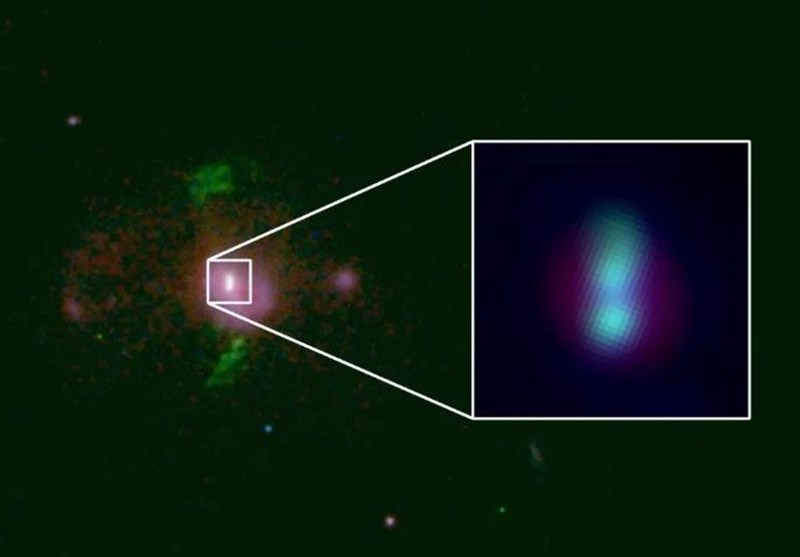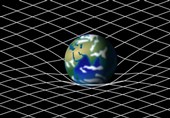Supermassive Black Holes on Collision Course Discovered 2.5 Billion Light Years Away
TEHRAN (Tasnim) - Using images obtained from the Hubble Space Telescope, a US collaboration of astronomers have detected two supermassive black holes on a collision course, 2.5 billion light years from Earth.
The two black holes will continue to get closer to each other sending out huge ripples in space-time, known as gravitational waves, which can be detected back on Earth. Though we're not likely to detect their signal for billions of years, they will help astronomers gain a better understanding of these enormous ripples, CNET reported.
The research, published in research journal The Astrophysical Journal Letters on July 10, describe the two supermassive black holes as having 800 million times more mass than our sun. The galaxy containing the black holes, SDSS J1010+1413, drew the attention of observational astronomers because it is remarkably bright. When the astronomers swung Hubble's Wide Field Camera 3, the most advanced instrument on board the space telescope, they noticed the supermassive black holes.
Supermassive black holes are usually found at the center of galaxies, including our own, and during a galaxy merger they end up beginning a dance of death, spinning around each other in a near-endless waltz, until finally merging. However, researchers are currently unclear as to the time it takes for black holes to merge -- or indeed, if they merge at all.
"It's a major embarrassment for astronomy that we don't know if supermassive black holes merge," said Jenny Greene, a professor of astrophysical sciences at Princeton and co-author of the study. "For everyone in black hole physics, observationally this is a long-standing puzzle that we need to solve."
This puzzle is dubbed the "final-parsec problem." Some astronomers believes that once two supermassive black holes get close enough together, reducing their distance to 1 parsec (3.2 light years), they may dance for an eternity.
But that's where this discovery and gravitational waves come into things. Enlisting the help of gravitational wave physicists, the monster black holes 2.5 billion light years away help to refine the estimates of how common supermassive black hole pairs like this actually are.
"This is the first example of a close pair of such massive black holes that we've found, but there may well be additional binary black holes remaining to be discovered," said Michael Strauss, a co-author on the paper from Princeton's astrophysical sciences department, in a press release.
The physicists suggest, optimistically, over 100 nearby supermassive black holes will be emitting gravitational waves, allowing astronomers to detect the gravitational wave background within the next five years or so.
If astronomers can detect that constant hum of rippling in space-time, that would suggest the existence of the gravitational wave background -- and rule out the final parsec problem. However, the same is true for the reverse scenario.
"If the gravitational wave background is not detected this could indicate that supermassive black holes merge only over extremely long timescales, remaining as close separation binaries for many Hubble times, the so-called 'final-parsec problem,'" write the researchers.
For now, as is often the case, we continue to point our eyes to the cosmos and hunt.






